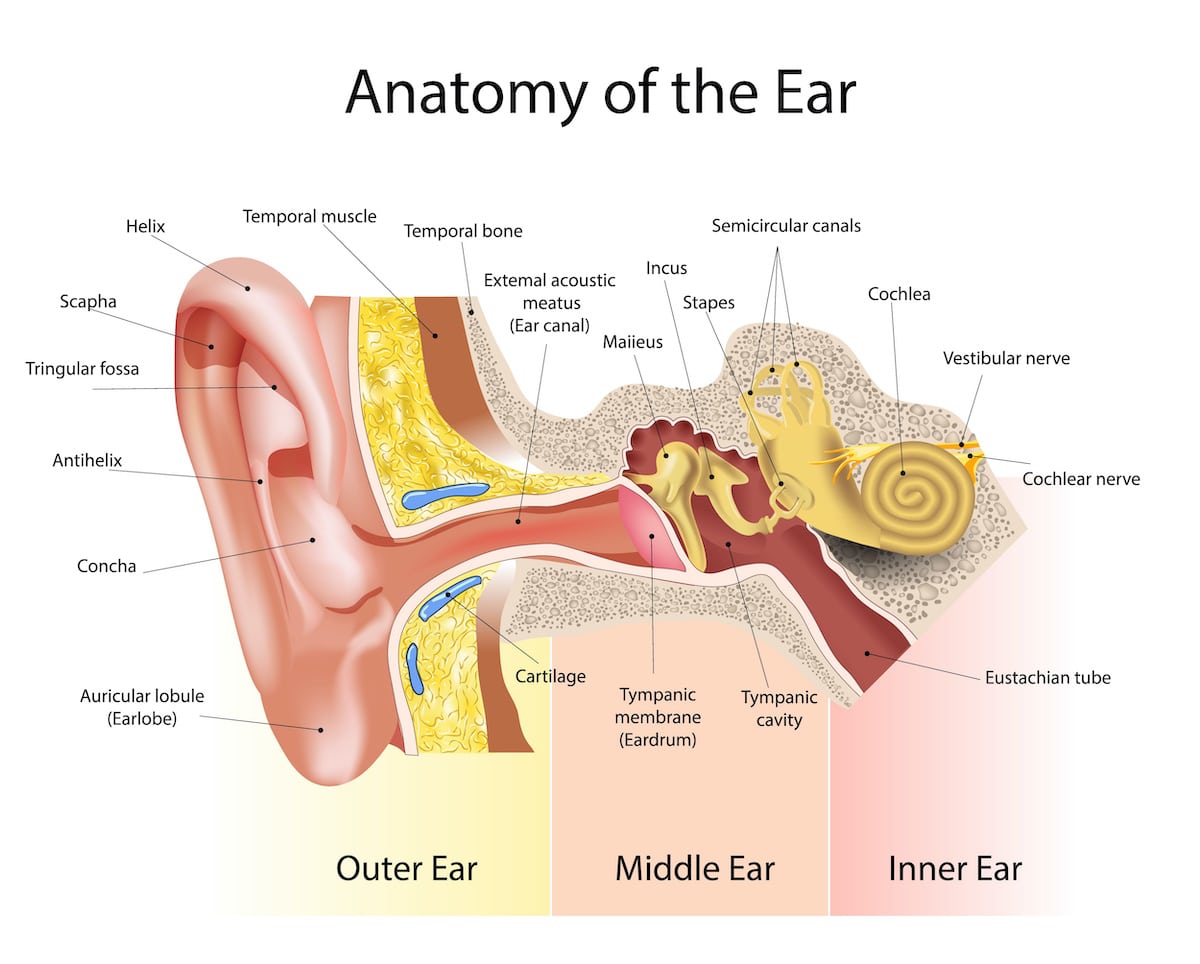Types of Hearing Loss
There are three types of hearing loss: conductive, sensorineural, and mixed. Understanding each type gives you a better idea of what hearing loss is, how it works, and why hearing aids are necessary.


As we wrap up 2025, we will have limited hours the last two weeks of December.
For more information, do not hesitate to contact us.
Happy Holidays!